If you’ve noticed the leaves of your flower or vegetable plants turning white, you’re likely dealing with a sun problem. ‘Sunscald,’ as it is officially known, is a common issue for newly purchased plants. But it can also happen in established flower and veggie gardens at the height of summer.
To protect your plants from the sun’s rays, you need to provide enough UV-blocking cover without blocking too much light. Luckily, getting this perfect balance is easy if you follow our recommendations below. We’ve got 17 methods to provide sun protection for plants that are effective for a variety of situations.
Why Do Plants Need Sun Protection?
Not all plants require sun protection all the time. But there are certain situations where sunscald is far more common. Providing protection during these times will help your plant stay healthy and continue producing and growing.
Plants that have evolved to grow in shade are the most common victims of sunscald. But even sun-loving species can succumb. This is especially true of new plants that were cultivated inside a greenhouse, which most plants you’ll find at home supply stores and nurseries are.
Greenhouse panels block UV rays. As you’ll see in a bit, this is great for protecting plants, but not so great for preparing them for the real world. Once you put them in your garden without this protection, their leaves will burn.
Using a temporary sun protection method can give them time to adjust to their new environment.
Note: Even established plants can succumb to sun exposure if the UV index is very high and the temperatures are very hot. Aside from threatening the health of the leaves, the sunlight can actually overheat the soil, resulting in water depletion, nutrient loss, and microbe death.
So even if your plant is tough enough to survive a scalding summer, changes in the soil could still negatively impact it. Because of this, many of the methods we’ve outlined below are meant to protect the plant’s leaves as well as the soil.
17 Methods for Providing Shade for Pants
Whether you have a new plant that needs a gentle transition to full sun, a shade-loving plant receiving too much sun, or a garden bed roasting in the heat, we’ve got your solution. Below are seventeen proven methods for reducing sunscald and protecting plants from ultraviolet light.
1. UV Blocking Sheets
For sun-loving plants that are getting roasted by the summer rays, UV-blocking polycarbonate sheets are the best option. These clear sheets allow sunlight to pass through but block harmful UV rays that cause sunscalding.
You can find these products in two different types. The thin plastic sheeting is great for covering hoop houses and DIY structures. The panels work very well for more permanent structures, like hot houses and A-frame protectors.
Both are a little pricey but more than worth it to protect your vegetable garden and keep it producing. Do be aware, these sheets will also hold in heat. So, make sure you leave the sides open for airflow if the weather is hot as well as sunny.
2. Hoop Houses
Creating hoop houses using PVC piping or other flexible materials is an easy and affordable way to protect plants from the sun. This housing provides a framework to place UV-blocking plastic, shade cloth, and other protective materials on.
Once the threat of the scorching summer sun passes, you can easily remove the covering and leave the hoop houses in place. The thin structure won’t block the sun on its own and isn’t too much of an eyesore. Plus, you can use them again later in the year with row covering to protect against frost.
To learn how to make your own hoop houses, check out the video below:
3. Shade Cloth
Garden shade cloth exists for the very purpose of protecting sensitive plants from the sun. It comes in different thicknesses that block varying degrees of sunlight, from 40% to 90%. This makes it useful for both shade-loving and sun-loving plants.
Shade cloth is easy to hang using existing fencing and structures, or by installing corner posts around your garden bed. For vegetable gardens full of plants that need sun to thrive, choose a thinner cloth and hang it higher above the plants. This will allow more sunlight to reach the plants during the morning and evening when UV levels are naturally lower.
4. Row Covers
Row covers are made of thin polypropylene fibers that create a sheer, protective blanket for the garden. These are typically used for sprouting seeds, protecting plants from bugs, and fending off frost. But they also do a great job dispersing sunlight.
Use row covering with hoop houses or over short plants and seedlings. Different brands block different degrees of sunlight, from 30% to 90%. Be sure to choose the right variety for your needs.
Row covering tends to be less expensive than shade cloth but they’re not nearly as durable.
5. Portable Greenhouses
One reason growing plants in a greenhouse is so easy, is because the panels on the house let in plenty of light while blocking all of the harmful UV. For in-ground gardens that need sun protection, portable greenhouses can provide relief.
These structures come in a variety of sizes and shapes. The best products are easy to move around, set up, and take down. This makes them perfect for temporary use when your plants need a little extra sun protection.
Note: This solution is not a cheap one, but it is very effective. Do keep in mind that greenhouses lock heat in, so be sure to utilize the vents and water your plants frequently.
6. Tall Companion Plants
One easy way to provide more shade to plants that prefer less sunlight is by using other plants. Tall plants, such as sunflowers, corn, tomatoes, and hollyhocks, love sunlight. They also do a great job casting shade on any plants to the northern side of them.
Planting less heat-hardy flowers and vegetables, such as broccoli, greens, and radishes, next to these types of plants will help them thrive. And you’ll get the benefit of added variety in your garden.
7. A-Frame Housing
Building an A-frame house for vegetables you know will struggle in the summer sun is one easy way to avoid problems. Use lattice to create the sides and cover them with shade cloth, polycarbonate sheets, or row covering.
Or, better yet, plant vining plants around the outside. These will grow up the structure and provide shade for the plants growing below.
Note: The shape of this structure is perfect for allowing plenty of airflow. Plus, if you position it right, the plants will still get some direct sun in the morning and afternoon when the UV index is low.
8. Mulch
As we discussed in the first section, sun isn’t just a problem for your plants. Too much sun can also disrupt the health of your soil by overheating it. One simple solution to this is to use mulch in your garden beds.
Mulch, whether it’s hay, shredded wood, or dead leaves, provides an insulating layer that will protect the soil from getting too hot. This will, in turn, help keep your plants from drying out or experiencing nutrient loss.
9. Living Walls
Another way to use vining plants to your advantage is to create a living wall in your garden. All you need is some trellis, t-posts, and climbing plants.
Secure the trellis on the south side of the plants in need of a little extra shade using the t-posts. Then plant the vines along the south side of the wall and let them grow. Once they’ve filled the trellis, they’ll create a living wall to block the sun from reaching your garden.
You can learn more about using shade walls in the video below:
10. Arched Walls
For plants that need more shade than what a vertical living wall has to offer, you can build a living arched wall. The easiest way is to bend a long piece of cattle paneling (or pig wire paneling) between four t-posts set at each corner of the garden.
Then plant your favorite sun-loving vining plant at each end and let them grow up and over the paneling. The plants below the arch will receive plenty of sun protection while still getting a good amount of light and airflow.
11. Pop-Up Canopy
If your garden is desperate for some shade, you can provide a quick fix using a pop-up canopy. These tents, which are normally used to provide shade during recreational events, do a good job for plants too.
But you do have to be careful with this method. The tent covering on these products will block most of the light, which can cause new problems. They are also prone to catching the wind and blowing away.
This solution is best used as a temporary measure until one of the other methods here can be put into place.
12. Privacy Screening
Just as a living wall can provide shade for plants, so too can privacy screening. And this method has the benefit of providing shade immediately. Plus, shade screens can be easily removed when the threat of sunscalding has eased.
There are a variety of shade screens out there that work well in the garden. We like the natural reed varieties as well as the more decorative options.
13. Shade Dots
Shade dots are an ingenious product that allows you to provide UV protection for one plant at a time. They work exceptionally well for new purchases that need time to adjust to their non-greenhouse environment. They can also be used for the temporary protection of more sensitive flowers and vegetables during the hot summer months.
They are super easy to install and can be used in garden beds, raised beds, and pots.
14. Outdoor Roller Blinds
Outdoor roller blinds are a great way to give potted plants on your deck a little extra shade. This option requires a structure for them to hang from, such as a pergola or covered deck. But they are a great option to block that baking afternoon sun from hitting your shade-loving decorative plants.
These also have the benefit of being easy to roll up when you no longer need them. Like shade cloth, they come in various thicknesses that block different degrees of sunlight. But most block at least 70%, so use them sparingly.
15. Plant Cabanas
Plant cabanas are another great way to protect individual plants that are struggling with excess sunlight. They work very well for new purchases that need extra time to adjust to UV as well as for sensitive flowers and veggies.
The easiest way to create a plant cabana is to use a tomato cage wrapped in shade cloth. If you’re a little handier, you can build a cube frame out of wood and staple UV-blocking sheeting to it.
If using material that doesn’t breathe well, be sure to leave the east and west sides open or leave a sizable gap near the bottom for airflow.
16. Trees
For shade-loving plants that are getting too much sun, one of your best options is to plant a tree. Most of these plants evolved to grow under a canopy anyway. Providing them with this natural shade option gives them the exact amount of shade they crave.
Look for fast-growing tree species such as river birch, weeping willows, quaking aspens, or red maples. Because these grow quickly, you won’t have to wait long for them to start casting plenty of shade.
17. Picnic Umbrella
If your plants suffer from intermittent sun damage, a well-anchored picnic umbrella can be a lifesaver. With this option, you’ll be able to close the sail on cloudy days so your plants can get full sun when they need it. This method also works well for plants that need protection from pounding rain or light hail.
Note: Look for a product with an adjustable angle feature so you can shade your plants without blocking all the sun. Just be sure to anchor the umbrella using cement or sandbags so it doesn’t blow away.
The Shady Side of Sun Protection
When plants are getting sun-scorched and suffering from burnt leaves and root problems from hot soil, providing extra shade is a must. All of our options above provide various levels of protection, some from the sun and some from UV specifically.
Whatever option you choose, be sure to balance sun protection with your plants’ need for sunlight. Without light, plants cannot photosynthesize, which means they can’t create energy for survival. Keeping a close eye on your plants and adjusting protection as needed is a must.
Have more questions about protecting or shading plants? Post your comments below and we’ll help you find the answers.
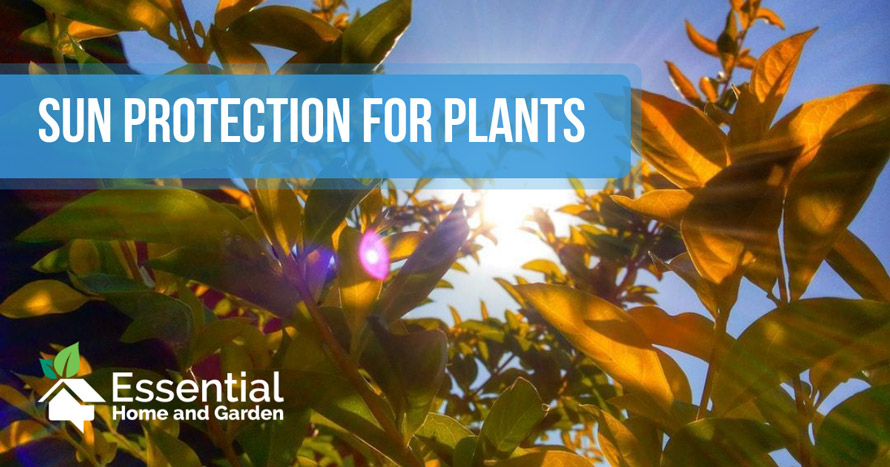

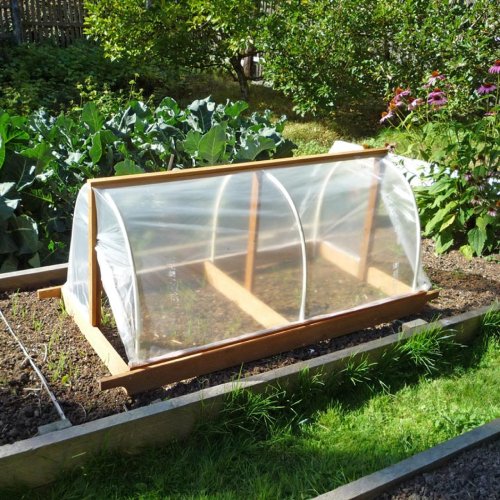



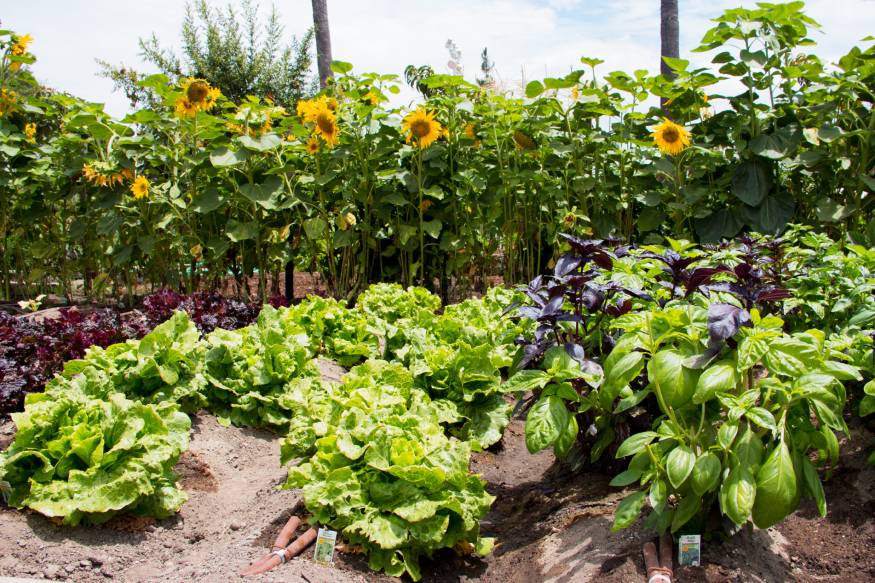
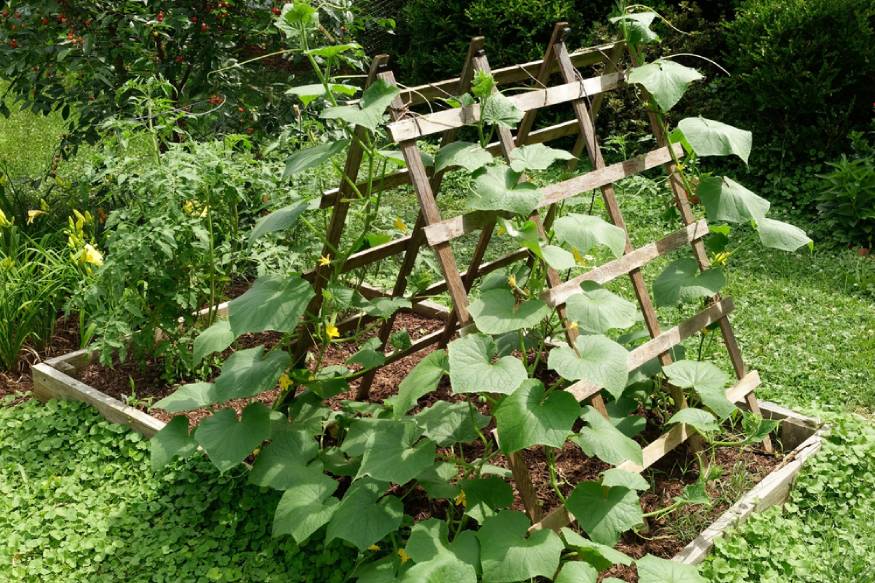
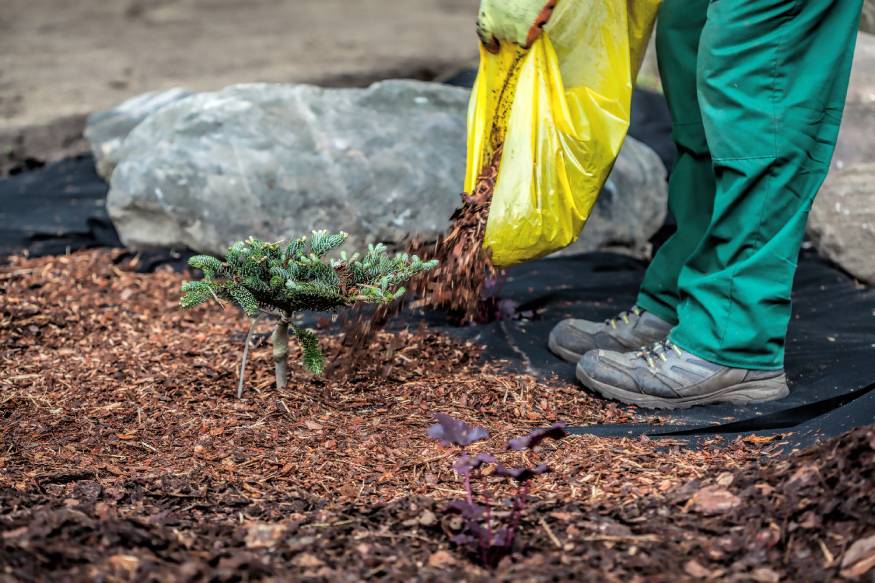
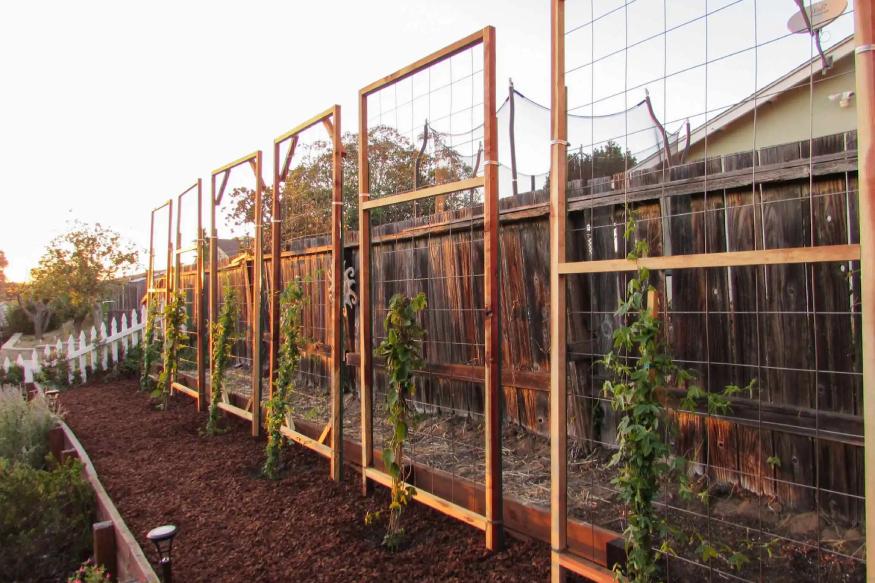
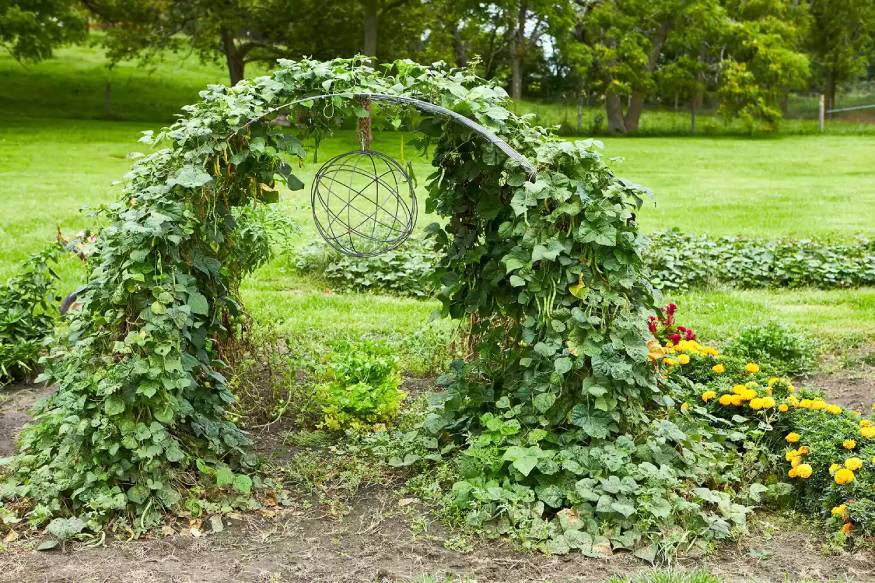


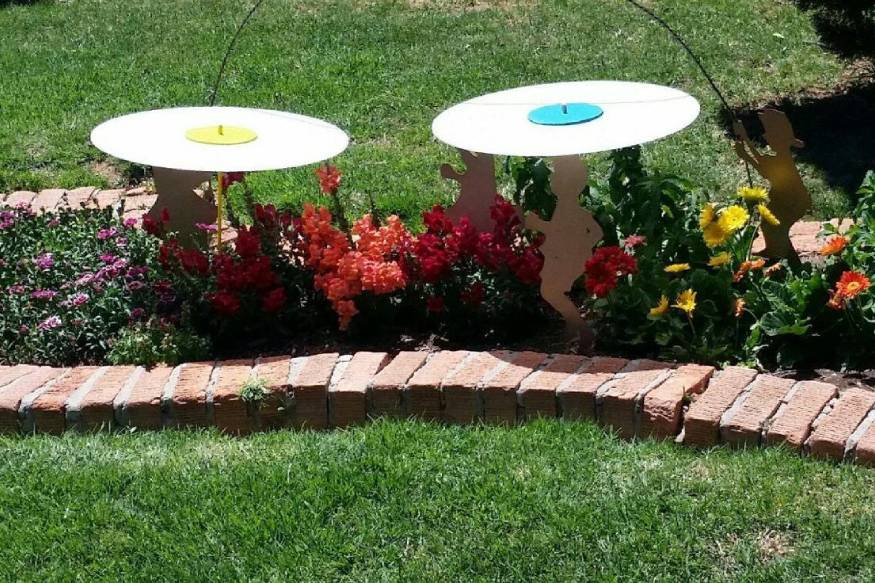
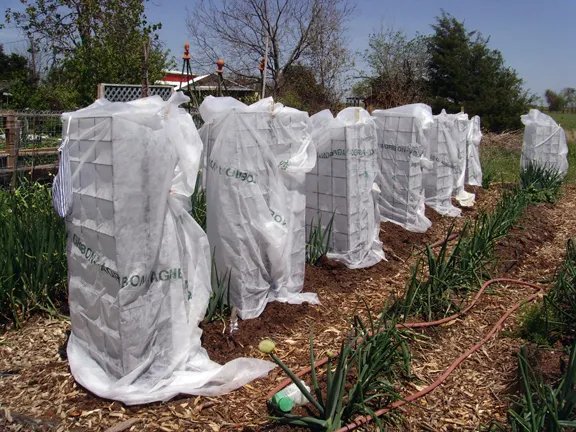
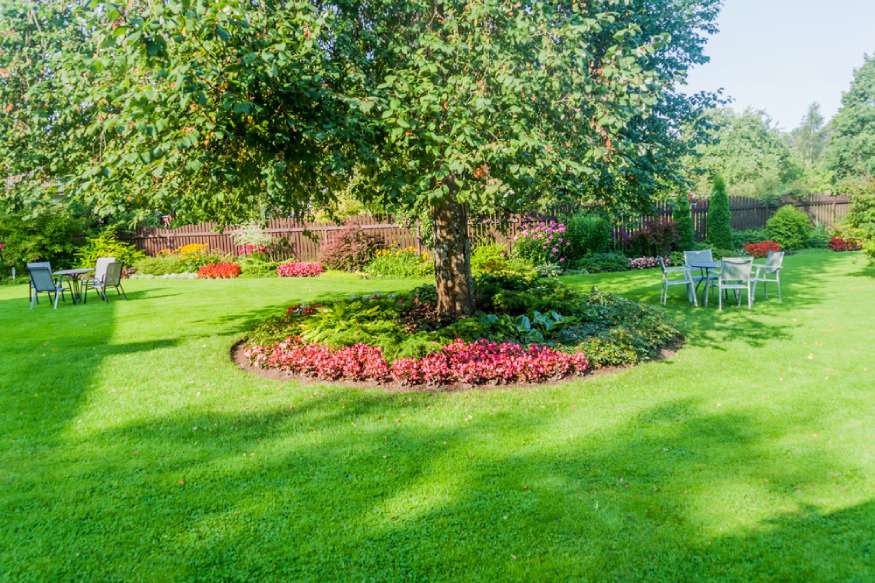
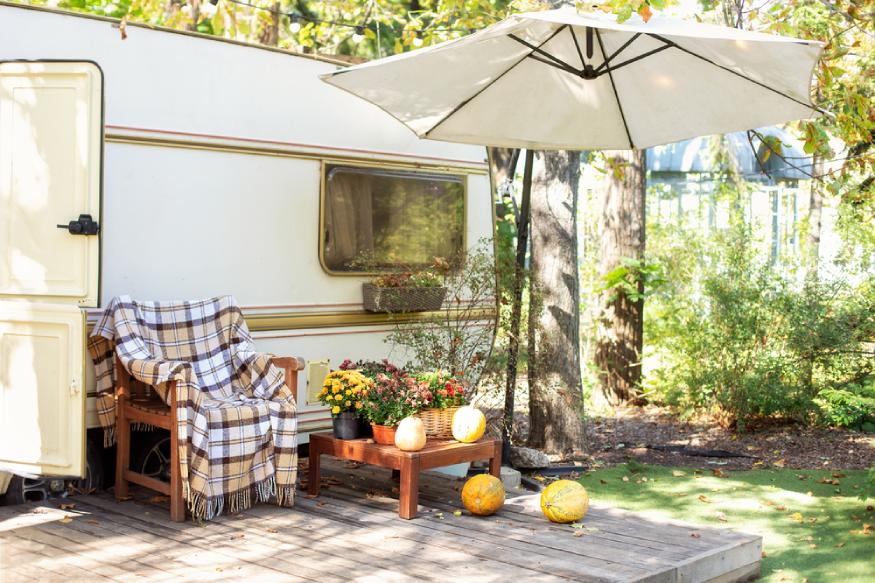
Where can you buy garden umbrellas to protect potted plants?
Hi Cherene, Best Choice Products have a good range here.